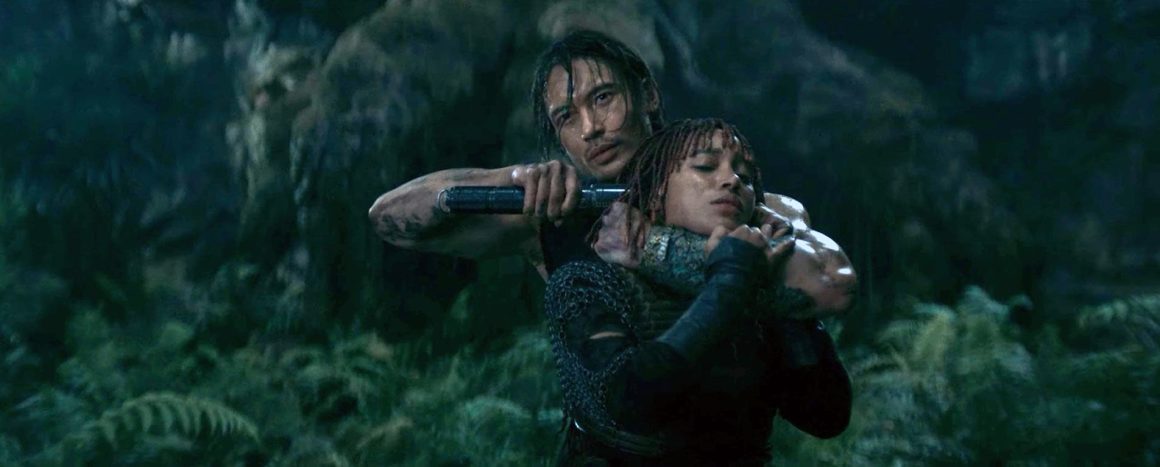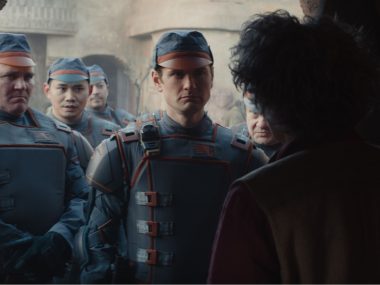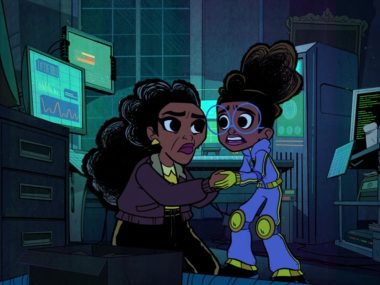Spoiler Alert ⚠️: This article contains spoilers for the Disney+ TV series The Acolyte. Reader discretion is advised.
The Acolyte, one of the most highly anticipated Star Wars series in recent years, seemed too big to fail. Set as a mystery thriller during the final days of the High Republic era, fans expected a gripping exploration of the dark side of the Force. A deeper understanding of how the Jedi became what we saw in the Prequel Trilogy.
However, The Acolyte ultimately fell short of its potential. Low viewership and lackluster plot lines plagued the series throughout its first season. It was canceled in August 2024, allegedly due to exceeding its $180 million budget.
Qimir: The Unsung Protagonist
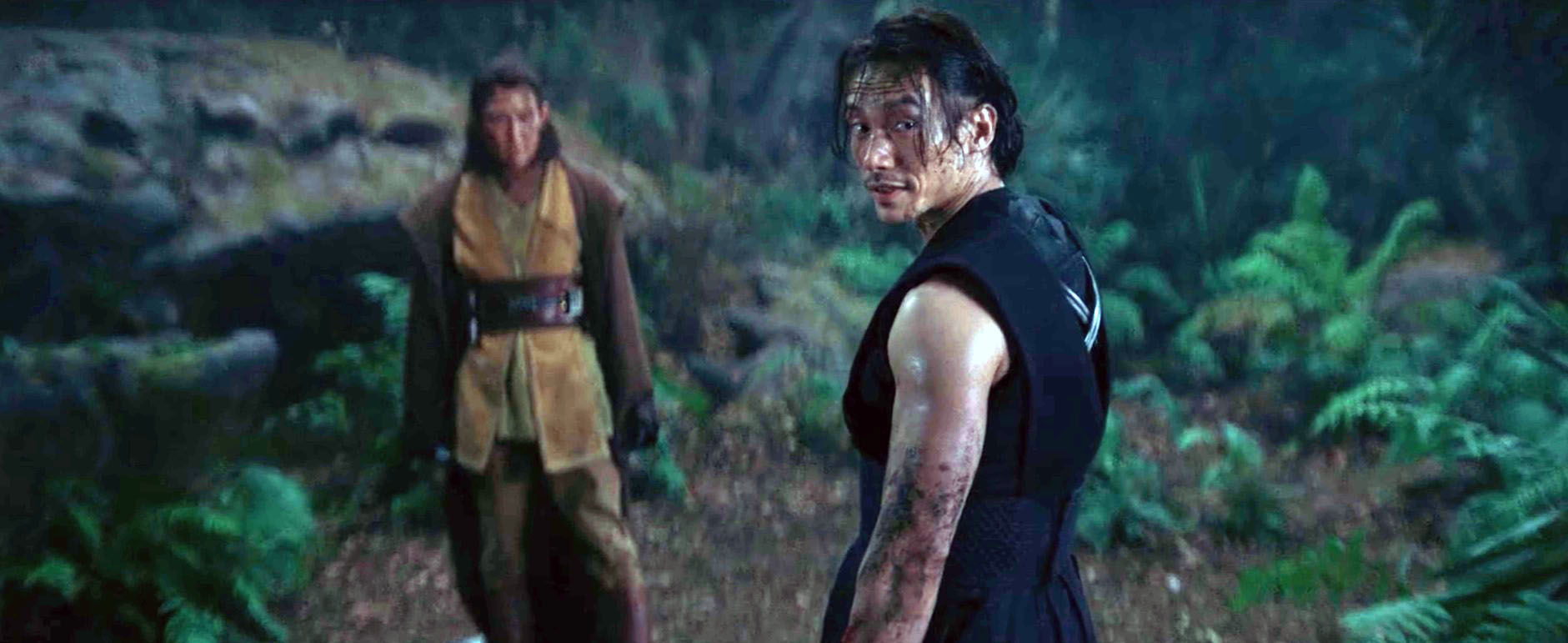
One of the series’ shortcomings was its handling of Qimir’s character arc. A former Jedi turned Sith with a dark link to the Force-sensitive twins, Osha and Mae, Qimir’s story remained unexplored. Key questions—like his interest in the twin capable of killing a Jedi unarmed—were left unanswered.
The show missed the opportunity to make Qimir the center of a more compelling narrative. It would have made more sense to give him his own spin-off series instead of postponing much of his character development for a potential second season.
For instance, in Episode 5, Qimir’s confrontation with the Jedi could have been an ideal moment to expand on his beliefs. Why did he choose the Sith path over that of a Grey Force user? Although he easily defeated the Jedi in impressive fight scenes, the story soon returned to Osha and Mae—a less engaging storyline compared to Qimir’s raw power.
At times, Qimir displayed control and patience with Osha, asserting his desire to use his powers in his own way. Don’t Grey Force users desire the same autonomy?
The Twin Dilemma: Osha and Mae
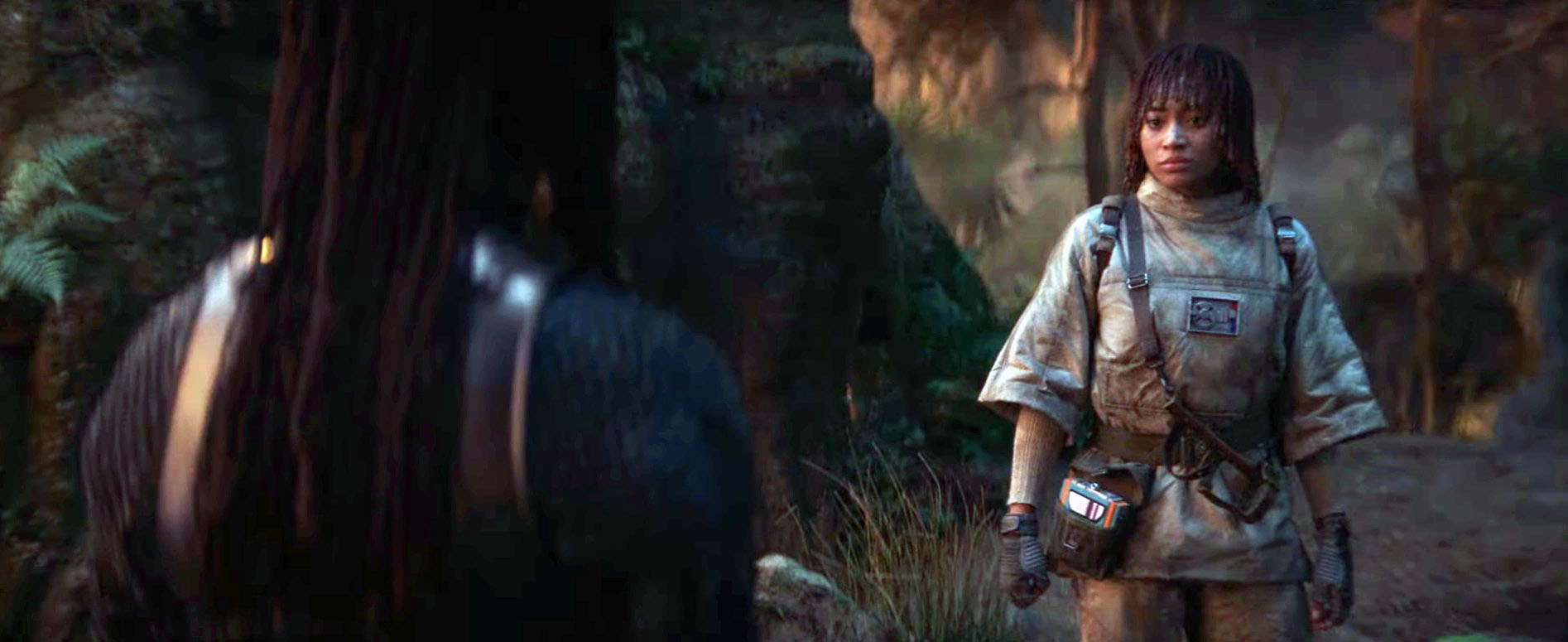
At the center of The Acolyte were Osha and Mae, the supposed twins whose fate was intertwined with the balance of the Force. Unfortunately, their storyline struggled to resonate with the audience. Although Amanda Stenberg delivered a strong performance—especially since it’s a dual role—the writing failed to give the characters the depth they needed to truly shine.
The revelation that Mae and Osha are not actually twins, but two halves of a single being split through the Force, came too late in the series to make a meaningful impact. Although intriguing, the twist felt rushed and underdeveloped, leaving little room to explore its emotional and philosophical implications.
Had this discovery been introduced earlier—perhaps in Episode 3 or 4—it could have allowed for a deeper exploration of their duality and its significance to the Force. Instead, by the time it was revealed in Episode 7, the series was already racing toward a rushed conclusion, limiting the exploration of their unique connection.
Pacing and Plot Structure
One of The Acolyte’s biggest issues was its inconsistent pacing. The first few episodes were slow and deliberate, setting up the world and characters, but lacked the tension needed to keep viewers engaged. By Episode 3, the story still felt aimless, with no urgency or clear direction. In contrast, the series finale was rushed and chaotic, cramming major events—like Qimir’s confrontation with Master Sol and the final showdown between Osha and Mae—into a single episode, leaving little room for emotional payoff.
One particularly jarring moment occurred when Osha tapped into her dark side abilities within minutes, with little inner conflict or buildup. Given her initial reluctance, this rushed development diminished the impact of what could have been a powerful plot twist.
The series also made odd choices with its flashbacks, particularly in Episode 7, which focused on Sol’s backstory and motivations. Although this context was helpful, it would have been more impactful earlier in the series. By the time it was revealed, much of the plot had moved beyond where Sol’s perspective could add significant value, and many viewers had already stopped watching.
Unexplored Potential
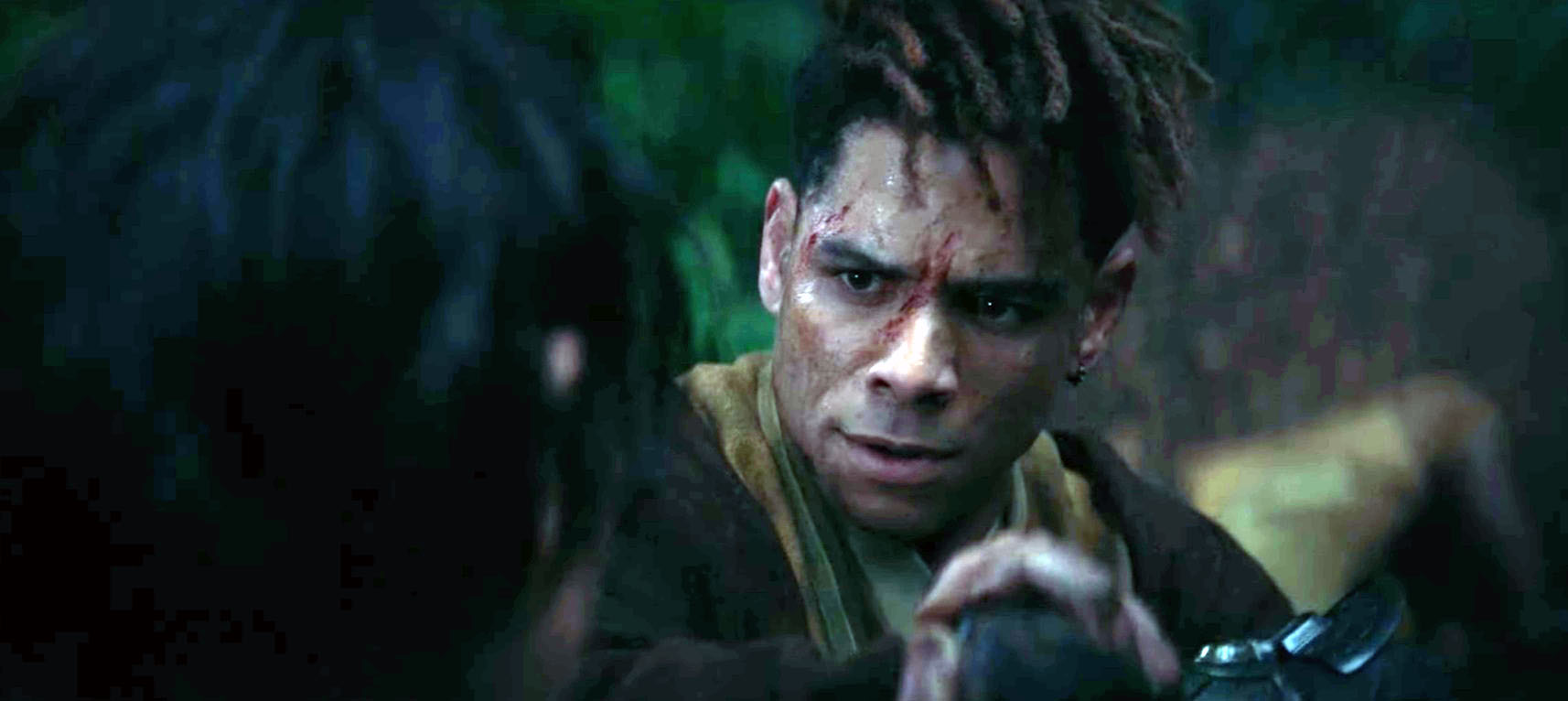
Perhaps the most frustrating aspect of The Acolyte was the number of fascinating concepts that were introduced but never fully explored:
- Qimir’s Motivations: His obsession with the twin who could kill a Jedi without a weapon remained largely unexplained. Why did he want an acolyte? What did it mean for his overall goals?
- Jedi Secrets: There were hints that some Jedi knew the truth about the twins and their connection to the Force, but this intriguing thread was left dangling with no resolution.
- Force Duality: Osha and Mae represented opposite sides of the Force spectrum, an idea that could have provided a fascinating exploration of Force philosophy. Unfortunately, the show failed to dive into the deeper implications of their existence, leaving a wealth of potential story untapped.
These concepts were ripe for development, but the show seemed hesitant to fully commit to them, opting instead for a more conventional narrative that fell flat on many viewers.
A Circular Narrative
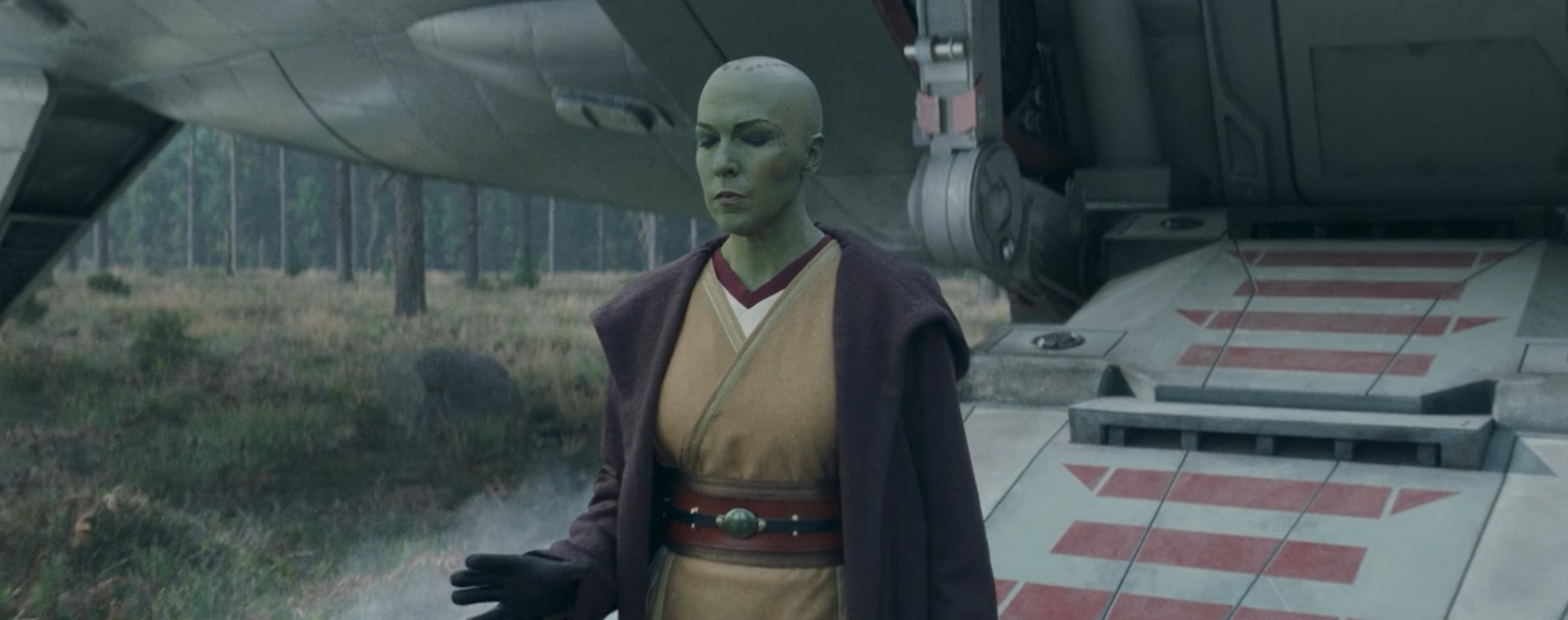
By the end of The Acolyte, the story felt almost circular, with the characters making little meaningful progress. One ‘twin’ sided with the Jedi while the other allied with Qimir, but this division lacked narrative closure and thematic depth, leaving viewers questioning the purpose of their journey.
Although the series introduced intriguing ideas and characters—especially Qimir—it failed to capitalize on these elements, resulting in a finale that felt more like a return to the status quo than a satisfying conclusion to an epic story.
Lessons for Future Star Wars Series
There are valuable lessons to be learned from The Acolyte that future Star Wars content should consider:
- Balance Character Focus: Ensure all central characters are well-developed and compelling. Qimir had the potential to drive the narrative, but sidelining his development weakened the overall impact of the story.
- Reveal Key Information Earlier: Major plot twists and character revelations, such as the true nature of the twins, should be introduced early enough to allow for meaningful exploration and consequences.
- Maintain Consistent Pacing: Avoid long stretches of slow build-up followed by rushed conclusions. Consistent pacing keeps viewers engaged throughout the series.
- Explore Unique Force Concepts: When introducing new ideas about the Force, such as the duality between Osha and Mae. Take the time to fully explore their philosophical and emotional implications. This adds depth to the narrative and enhances the viewing experience.
In the end, The Acolyte serves as a reminder of the importance of pacing, character development, and thematic exploration in storytelling. While it offered glimpses of brilliance, it ultimately remains a missed opportunity in the Star Wars universe.
